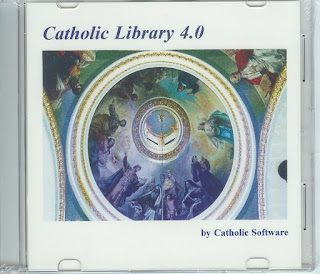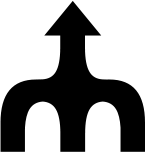 In my continuing series, of which I have written here, and here, and here, and also here, Paul Anderson's What is Web 2.0? Ideas, technologies and implications for education is the most comprehensive to date. As I have mentioned, I am compiling and synthesizing the literature surrounding Web 2.0, and will be writing an article. As information experts, we are constantly handling information, where we sit behind a computer most of the day churning through emails and invisible matter. Hence, I believe it's important to understand the architecture behind what we are doing online, and I believe Anderson does a superb job highlighting six major concepts of Web 2.0:
In my continuing series, of which I have written here, and here, and here, and also here, Paul Anderson's What is Web 2.0? Ideas, technologies and implications for education is the most comprehensive to date. As I have mentioned, I am compiling and synthesizing the literature surrounding Web 2.0, and will be writing an article. As information experts, we are constantly handling information, where we sit behind a computer most of the day churning through emails and invisible matter. Hence, I believe it's important to understand the architecture behind what we are doing online, and I believe Anderson does a superb job highlighting six major concepts of Web 2.0:(1) Individual Production and User Generated Content - Free social software tools such as blogs and wikis have lowered the barrier to entry, following the same footsteps as the 1980s self-publishing revolution sparked by the advent of the office laser printer and desktop publishing software. In the world of Web 2.0, with a few clicks of the mouse, a user can upload videos or photos from their digital cameras and into their own media space, tag it with keywords and make the content available for everyone in the world.
(2) Harness the Power of the Crowd - Harnessing not the "intellectual" power, but the power of the "wisdom of the crowds," "crowd-sourcing" and "folksonomies."
(3) Data on an Epic Scale - Google has a total database measured in hundreds of petabytes (a million, billion bytes) which is swelled each day by terabytes of new information. Much of this is collected indirectly from users and aggregated as a side effect of the ordinary use of major Internet services and applications such as Google, Amazon, and EBay. In a sense these services are 'learning' every time they are used by mining and sifting data for better services.
(4) Architecture of Participation - Through the use of the application or service, the service itself gets better. Simply argued, the more you use it - and the more other people use - the better it gets. Web 2.0 technologies are designed to take the user interactions and utilize them to improve itself. (e.g. Google search).
(5) Network Effects - It is general economic term often used to describe the increase in vaue to the existing users of a service in which there is some form of interaction with others, as more and more people to start to use it. As the Internet is, at heart, a telecommunications network, it is therefore subject to the network effect. In Web 2.0, new software services are being made available which, due to their social nature, rely a great deal on the network effect for their adoption.
(6) Openness - Web 2.0 places an emphasis on making use of the information in vast databases that the services help to populate. This means Web 2. 0 is about working with open standards, using open source software, making use of free data, re-using data and working in a spirit of open innovation.





















 With
With 















